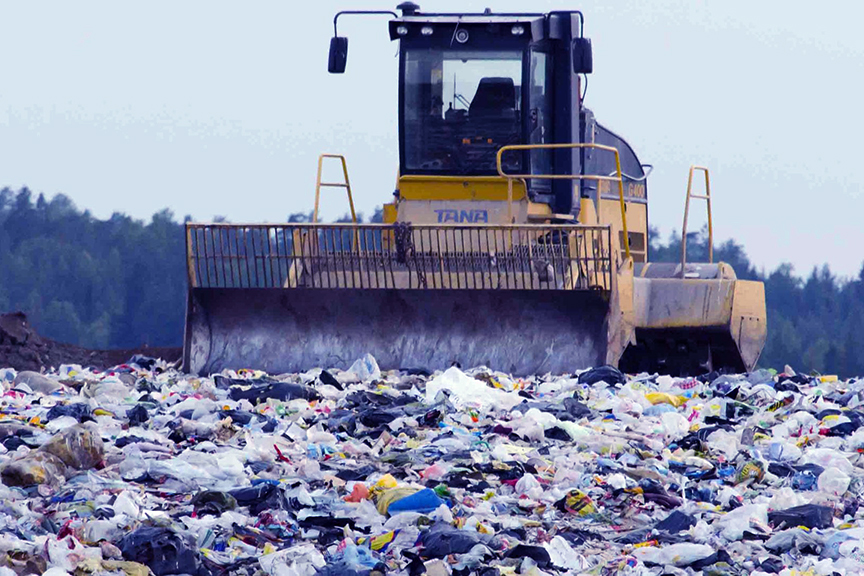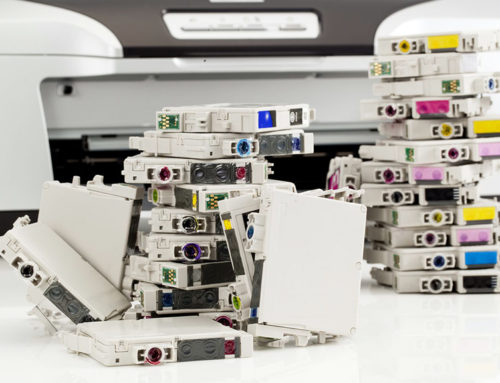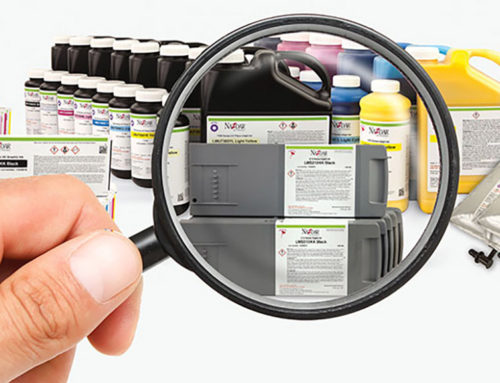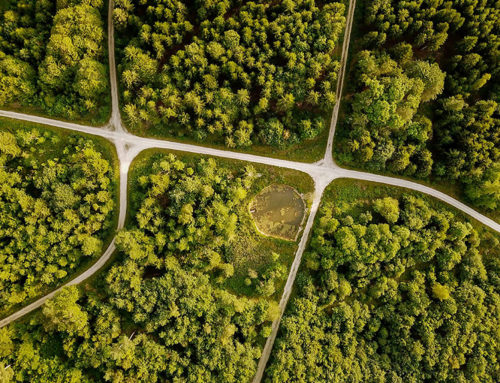As our population continues to grow and our consumption habits remain unchecked, the issue of rapidly filling landfills has become a looming threat across the United States. Landfills serve as the final resting place for a substantial portion of our waste, including municipal solid waste (MSW), construction debris, and various non-hazardous industrial waste. This predicament is exacerbated by the fact that some states, particularly in the northeast, are projected to run out of landfill space in the next five to ten years. The urgency of this problem necessitates alternative solutions for waste disposal. One such solution, the conversion of waste into a fuel source through the pelleting process, not only addresses the landfill issue but also offers the potential for income generation and renewable energy production.
The Landfill Crisis
According to the Environmental Protection Agency (EPA), Americans generate nearly 300 million tons of MSW each year. Shockingly, only one-third of this waste is recycled or composted, and a mere 12 percent is combusted for energy recovery. The remaining 146 million tons find their way to landfills, exacerbating the landfill space crisis. It’s important to note that MSW represents just one facet of the waste problem, excluding construction and demolition debris, wastewater sludge, and other non-hazardous industrial waste, all of which further contribute to landfill overload.
The dwindling availability of landfill space paints a grim picture for the future. Landfills pose environmental and public health risks, including groundwater contamination, methane emissions (a potent greenhouse gas), and the destruction of valuable land resources. Alternative waste management solutions are imperative to avert an impending environmental disaster.
Pelleting: A Sustainable Solution
One innovative solution to this crisis lies in the transformation of waste into a valuable resource—fuel. The process involves converting various waste streams into refuse-derived fuel (RDF) pellets. These pellets can serve as a cleaner and more sustainable energy source while reducing the burden on landfills. The potential sources of waste for RDF pellet production are diverse:
- Household Waste: This includes paper, plastics, wood products, and debris from construction sites.
- Carpet Waste: Both raw and used carpeting can be utilized for pellet production, including automobile carpeting.
- Sewage Sludge: A significant waste stream that can be transformed into RDF pellets.
- Insulation Materials: Materials like rock wool, foam insulation, and automobile seats can be repurposed.
Additionally, byproducts of farming and agriculture, such as discarded crop byproducts and manure, can also be used to produce RDF pellets. Regardless of the waste stream or combination used, RDF pellets share similar characteristics in terms of size and density, ranging from 1/8″ to 3/8″ in size and 25 to 50 lb./ft³ in density, depending on the composition.
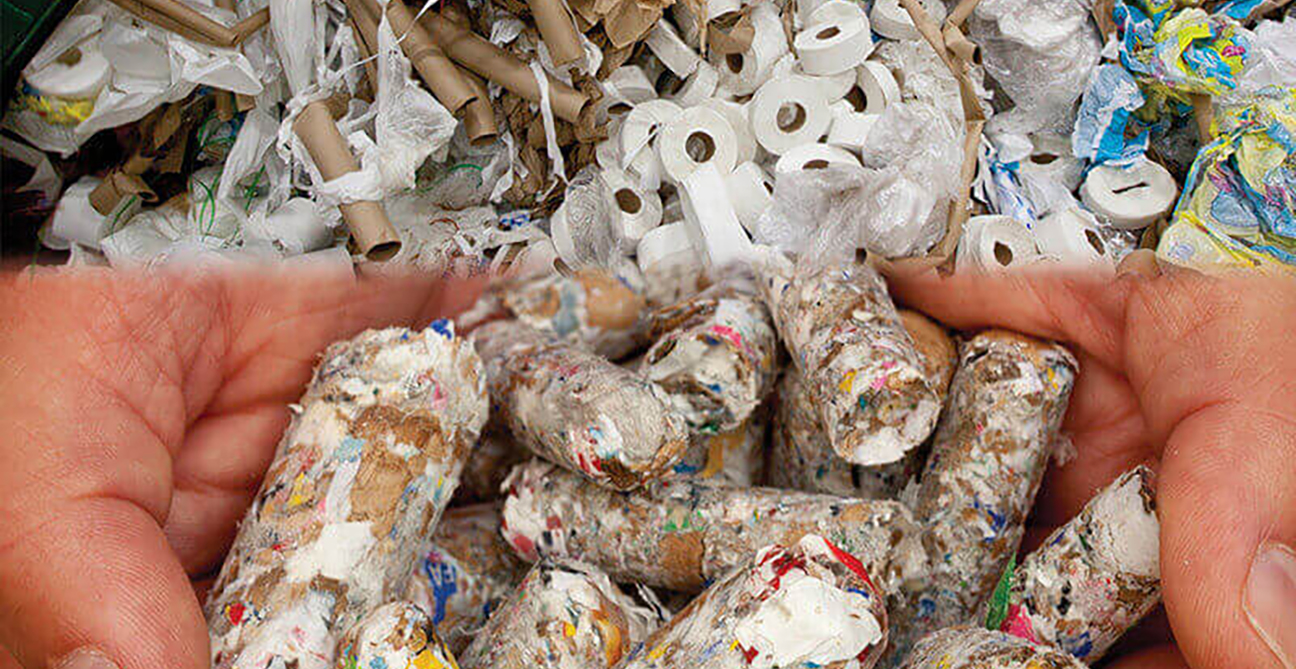
The Pelleting Process
The process of converting waste into RDF pellets involves several key steps:
- Sorting: Initially, the feed stock is separated into organic and non-organic waste through mechanical means, ensuring that organic waste is sent for recycling, disposal, or gas recovery. Non-organic waste is further sorted to eliminate contaminants.
- Primary Shredding: The non-organic waste is then subjected to primary shredding to break it down into manageable pieces, facilitating the drying process.
- Drying: Drying is crucial to ensure that the material’s moisture content is below 12 percent, promoting efficient pelletization.
- Secondary Shredding: After drying, the material is subjected to secondary shredding to achieve the appropriate size for pellet production.
- Pelletization: The shredded material is fed into a pellet mill to produce RDF pellets. The throughput depends on material quality and pellet size.
- Cooling: Pellets are cooled before packaging or storage to enhance their quality and prevent them from sticking together.
Overcoming Challenges
The waste and recycling pelleting process comes with its unique challenges, including the removal of metals and nonferrous solids, control of moisture content, and handling of large particle sizes. Proper equipment and processes are essential to mitigate these issues. Contaminants like metals can damage equipment, while excessive moisture degrades pellet quality and calorific value. Addressing these challenges requires precise sorting, cleaning, and drying processes.
A Lucrative and Sustainable Solution
Waste and recycling pelleting, or the production of RDF pellets, is a challenging yet rewarding process. It offers a path to reduce landfill usage significantly while simultaneously creating a valuable energy source. While it may not be an easy journey, the benefits it brings to the environment, the economy, and our energy needs make it a promising solution to the pressing landfill crisis. With experienced equipment providers and a commitment to sustainable practices, RDF pellet production can pave the way for a cleaner and more sustainable future.

